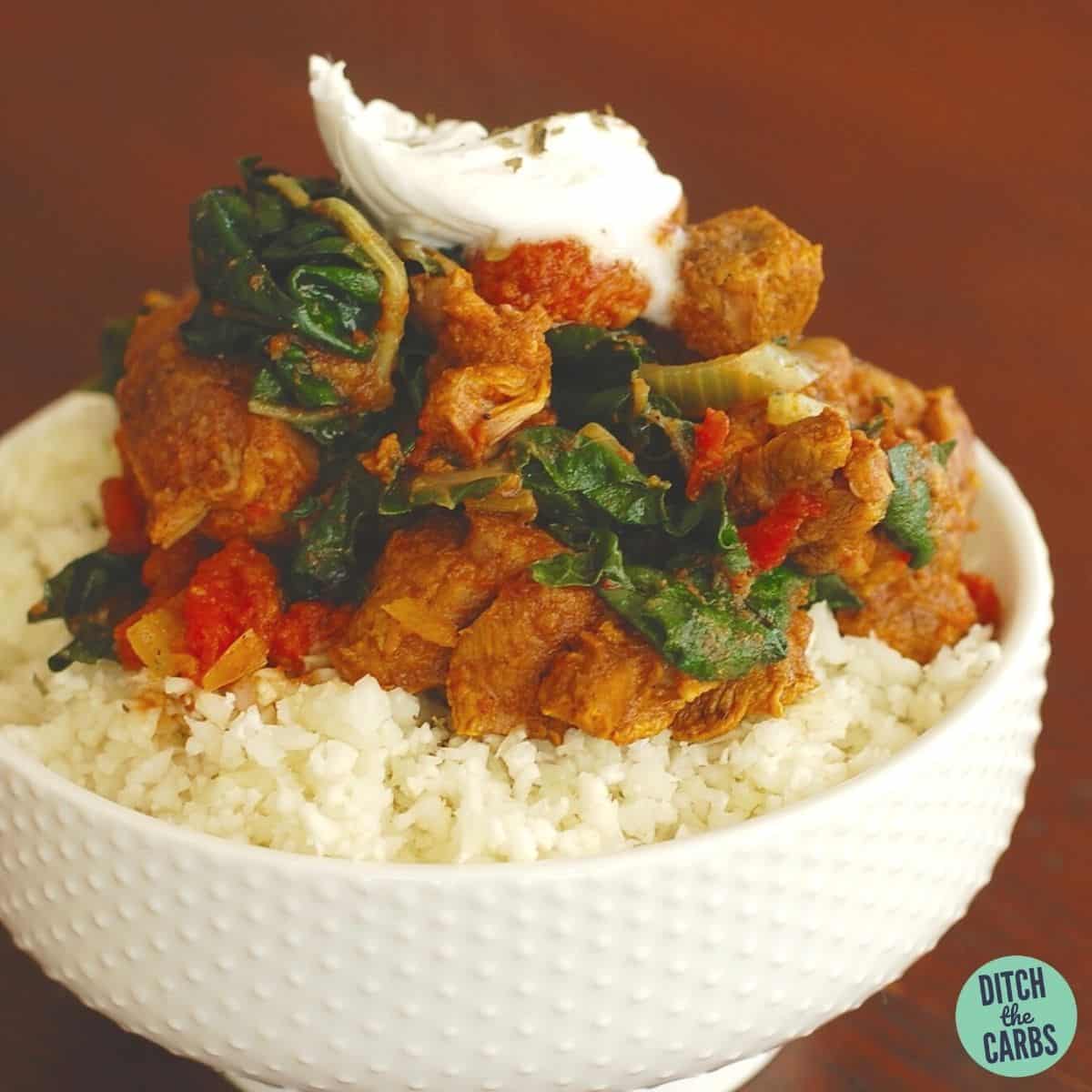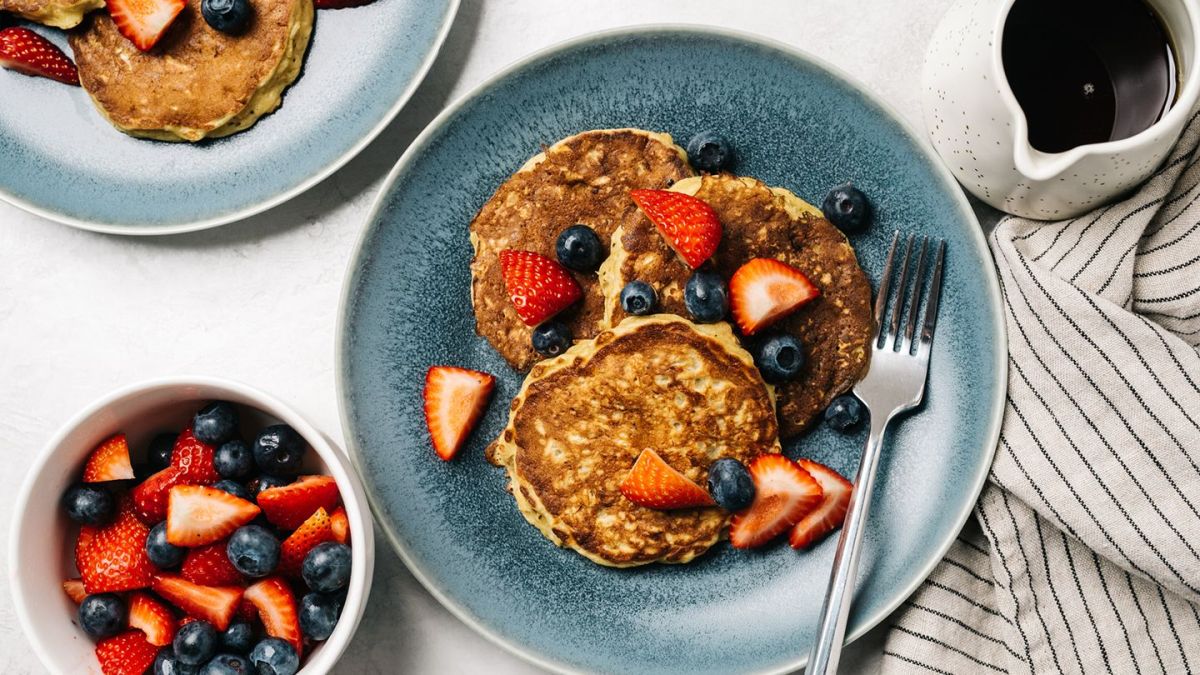Embark on a culinary adventure where vibrant spices dance with rich, low-carb ingredients! Discover the delightful world of curries reimagined, offering a symphony of flavors without the carb overload. We’ll explore exciting base options, from creamy coconut milk to surprisingly versatile cauliflower, unlocking a universe of taste sensations that will leave you craving more.
This journey will unveil the secrets to crafting flavorful low-carb curries, guiding you through diverse recipe variations, essential ingredients, and clever substitutions. Learn how to transform simple ingredients into aromatic masterpieces, each bite a testament to healthy indulgence. Prepare to tantalize your taste buds and delight your senses with recipes that are both satisfying and surprisingly light.
Flavorful Low-Carb Curries You’ll Crave

Craving the rich, aromatic explosion of a traditional curry but watching your carbohydrate intake? Fear not! Low-carb curries offer a delicious and satisfying alternative, bursting with vibrant flavors and the health benefits of aromatic spices. These curries allow you to enjoy the comforting warmth and complex taste profiles of your favorite curry dishes while maintaining a lower carbohydrate count, supporting weight management and overall well-being. This exploration will delve into the art of creating flavorful low-carb curries, showcasing their versatility and surprising depth of flavor.
This guide will explore several types of low-carb curries, highlighting variations that showcase different spice profiles and vegetable combinations. We’ll journey through the creamy richness of coconut milk-based curries, the vibrant tang of tomato-based options, and the warming embrace of curries featuring cauliflower rice or other low-carb alternatives to traditional rice or potatoes. Each recipe will emphasize the balance of spices and flavors, ensuring a truly satisfying and palate-pleasing experience.
The Appeal of Low-Carb Curries: Flavor and Health
Low-carb curries successfully marry the intense, layered flavors of traditional curries with the health benefits of a lower-carbohydrate diet. The vibrant colors and aromatic spices—from fiery chilies and warming ginger to fragrant turmeric and earthy cumin—create a sensory experience that’s as captivating as it is delicious. The reduced carbohydrate content allows for better blood sugar regulation, can aid in weight management, and promotes sustained energy levels, making these curries a guilt-free indulgence. The abundance of vegetables in many low-carb curry recipes further enhances their nutritional profile, contributing to a well-rounded and healthy meal.
Types of Low-Carb Curries Explored
This guide will feature a diverse range of low-carb curry recipes, designed to cater to a variety of tastes and preferences. Each recipe will provide a detailed breakdown of ingredients and step-by-step instructions, ensuring even novice cooks can achieve delicious results. The curries explored will include variations using cauliflower rice as a base, highlighting its versatility in absorbing the rich curry flavors. We will also explore variations that use hearty vegetables like broccoli, green beans, and zucchini, contributing to a visually appealing and nutritious meal. Finally, we will examine the use of coconut milk to create creamy, satisfying curries without relying on high-carb ingredients.
Benefits of Low-Carb Cooking in Curry Dishes
Adapting traditional curry recipes to a low-carb approach offers numerous advantages. By substituting high-carbohydrate ingredients like potatoes and rice with low-carb alternatives such as cauliflower rice or an abundance of vegetables, you can significantly reduce the overall carbohydrate content of the dish. This allows for better blood sugar control, which is beneficial for individuals managing diabetes or seeking to maintain healthy weight. Furthermore, the increased focus on vegetables and spices introduces a wider array of vitamins, minerals, and antioxidants, boosting the nutritional value of the meal. The result is a flavorful and satisfying curry that supports overall health and well-being, without compromising on taste.
Serving Suggestions and Presentation Ideas for Low-Carb Curries
Serving low-carb curries doesn’t mean sacrificing visual appeal or flavor complexity. With a little creativity, you can transform a simple curry into a stunning and satisfying meal. The key lies in thoughtful plating and the selection of complementary textures and flavors that enhance, rather than detract from, the rich curry sauce.
Creative serving methods elevate the dining experience, transforming a familiar dish into a culinary masterpiece. Careful consideration of color, texture, and aroma creates a multi-sensory feast that delights both the eyes and the palate.
Creative Serving Methods for Low-Carb Curries
Three visually striking ways to serve a low-carb curry are presented below. Each method emphasizes different textural and visual elements to create a unique dining experience.
- Curry in a Coconut Shell: Imagine a vibrant, richly colored chicken tikka masala nestled within a hollowed-out coconut shell. The natural texture and rustic charm of the coconut complement the smooth, creamy curry. Garnish with fresh cilantro sprigs and a sprinkle of toasted coconut flakes for added visual appeal and textural contrast.
- Individual Curry Bowls with Cauli-Rice and Toppings: Serve individual portions of your low-carb curry in small, shallow bowls. A bed of fluffy cauliflower rice provides a textural contrast to the creamy sauce. Arrange colorful toppings artfully around the curry, such as chopped bell peppers, shredded carrots, or toasted slivered almonds. This method allows for personalized presentation and customization.
- Curry Cups with Stuffed Portobello Mushrooms: Use large portobello mushroom caps as edible bowls. Sauté the mushroom stems and incorporate them into the curry for added depth of flavor. Fill the mushroom caps with the fragrant curry and top with a dollop of coconut cream or Greek yogurt for a creamy, visually appealing finish. The earthy tones of the mushrooms contrast beautifully with the vibrant colors of the curry.
Complementary Textures and Flavors
The textures and flavors chosen to accompany low-carb curries are crucial for a balanced and delightful culinary experience. The goal is to create a symphony of tastes and textures that play off the richness of the curry sauce.
Consider incorporating elements with contrasting textures. The creamy smoothness of a coconut milk-based curry is beautifully complemented by the crispness of roasted vegetables or the satisfying crunch of nuts and seeds. Similarly, the soft texture of cauliflower rice offers a nice counterpoint to the thicker consistency of the curry.
Flavor-wise, consider incorporating fresh herbs like cilantro and mint for a bright, herbaceous note. A squeeze of lime juice adds acidity to cut through the richness of the curry. The slight sweetness of coconut flakes or a sprinkle of toasted sesame seeds can also enhance the overall flavor profile.
Example of a Beautifully Plated Low-Carb Curry Dish
A vibrant Madras-style lamb curry, its deep crimson hue punctuated by flecks of green cilantro and golden-brown toasted cashews, is artfully arranged in a shallow, white bowl. A bed of snow-white cauliflower rice provides a stark contrast to the rich curry, while a delicate swirl of full-fat coconut milk adds a touch of elegance. A scattering of finely chopped red onions and a garnish of fresh mint leaves complete the presentation, creating a visually stunning and undeniably appetizing dish. The aromas wafting from the bowl hint at the complex layers of spice and flavor within.
From the fragrant steam rising from a perfectly simmered coconut milk curry to the satisfying crunch of cauliflower rice, creating low-carb curries is an experience that engages all the senses. This exploration has unveiled the versatility of low-carb cooking, demonstrating that healthy eating doesn’t mean sacrificing flavor. We’ve journeyed through different bases, essential ingredients, and creative substitutions, empowering you to craft your own unique and delicious low-carb curry masterpieces. So, gather your spices, embrace the adventure, and prepare to savor the incredible results.
Questions and Answers
Can I use frozen coconut milk?
Yes, frozen coconut milk works well, but make sure to thaw it completely before using to prevent curdling.
Are low-carb curries suitable for vegetarians/vegans?
Absolutely! Many low-carb curry recipes can be easily adapted to vegetarian or vegan diets by substituting chicken or other meats with tofu, lentils, or vegetables.
How can I store leftover low-carb curry?
Store leftover curry in an airtight container in the refrigerator for up to 3-4 days. Reheat gently before serving.
What are some good low-carb side dishes to serve with curry?
Consider cauliflower rice, shirataki noodles, or a simple salad with a light vinaigrette.


